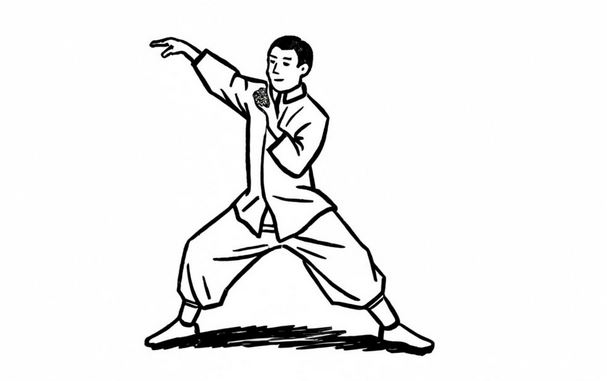How a Taoism Practices
I perform this practice once upon waking and once before sleeping. If time allows, I also do it in the afternoon. The duration is flexible. I approach the practice slowly and naturally, without focusing on appearances or controlling my breathing. I close my mouth slightly with my teeth lightly touching and my tongue resting against the roof of my mouth. I sit straight with an erect spine, relaxed shoulders, and a contained chest. My eyes are nearly closed (as if lowering a curtain). I place both hands lightly on my lower Dantian in the Taiji symbol posture. Either crossed-legged or in a natural sitting position is acceptable. I breathe out turbid air from my mouth and then slowly inhale fresh air through my nose, replenishing the air expelled from my Dantian. I exhale quickly and inhale slowly, fully exhaling and inhaling. I repeat this breathing three times to expel all turbid air from my abdomen, then settle my mind, putting all thoughts aside. I redirect my vision and hearing inward, concentrating the essence in my kidneys, guarding my eyes, the soul in my liver, guarding my mouth, the spirit in my heart, guarding my nose, and the thoughts in my spleen, with concentrated intent.



